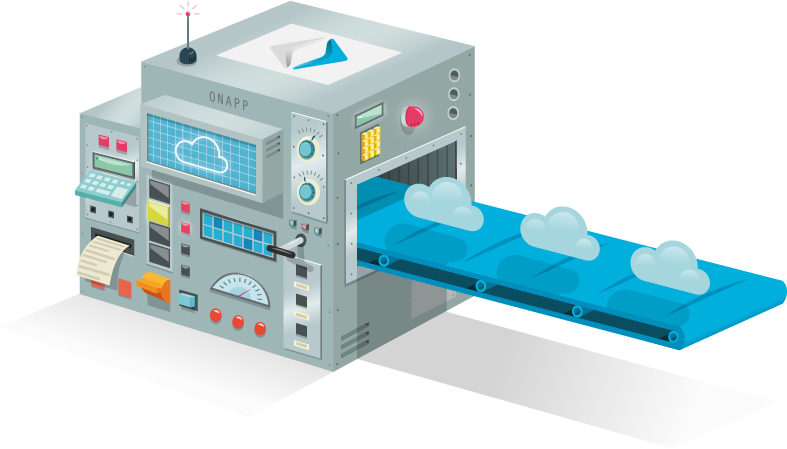
OnApp, Chapter 3: Now and the Future
Earlier this year I brought you chapter one and chapter two of our OnApp journey. In the first chapter I looked at how we came to the decision to select OnApp as an integral part of our cloud platform. In the second chapter, I looked at the process we went through to not only test, but learn and understand everything about OnApp, thus becoming self-proclaimed experts at their product in a relatively short time frame.
This third and final chapter is about the now, and the future of OnApp.
In this post I will be looking at the following:
- What are the challenges and benefits of using OnApp on a day to day basis, now that we have been using it for some time
- Take a brief look into the future and speculate on what’s next for our OnApp based platforms
The Now
We have now been running OnApp across two different platforms (Our Virtual Server platform, and our Blaze Cloud platform) for more than 18 months.
Whilst we put the OnApp product through its paces when we were in R&D and testing stages, there will always be some unforeseen issues or ‘quirks’ that crop up. On the contrary, there will also be the notable benefits that confirm the decision to use OnApp .
From a benefit stand point OnApp has ticked most of our original requirements. The biggest of all was automation. From both an admin (back-end) perspective and a customer (front-end) perspective the increase in automation and features has been evident.
We’ve been able to offer the latest templates and a stable platform to our customers, which is simpler to manage from our end. So a win for you and a win for us.
As with all complicated software, there can be small quirks. We’ve run into a number of little quirks but none too difficult to resolve. And usually with each new release of the OnApp software, these quirks become less frequent. The quirks are generally around ‘timing’ of tasks as OnApp works on a queue system. So for example, imagine you’ve requested to add an additional disk to your Blaze Cloud VPS. A task is queued to add the disk, a task to format the disk, and a task to attach the disk. If something doesn’t happen in the right timing sequence, it can throw the whole process out of whack. Not a usual thing to happen, but it does.

Another benefit is the continual improvement to features. OnApp already has a long list of features and improvements that they want to implement, so every release of their product brings in a large number of improvements. We continued to work closely with OnApp to give feedback on this.
Some prime examples of new improvements are:
- Replaced the Java bases console feature with an HTML5 based console feature. This meant no more requirement for installing Java on your desktop or workstation
- Additionally the performance of the console was improved giving a better user experience
The Future
Given OnApp are always releasing new features, we assess each one and see how it will fit into our offering. Not every feature is useful to our customer base but we always assess very carefully.
Some areas of interest for us right now (but still being considered) are,
- Looking at a CDN offering through the OnApp. A CDN, or Content Delivery Network speeds up the delivery of you content. It also saves you bandwidth and reduces load
- Resizing of Blaze Cloud disks. Whilst not supported yet, we are currently in very early stages to look at offering the ability to resize disks assigned to the Blaze Cloud. Using our close relationship with OnApp, we hope this is something we can offer. The benefit of this is that rather than having to add additional separate disks when you need more space, you simply increase the disk you’ve got. This one was based on feedback from you!
If you do have any further ideas around features or improvements to our services, please click the orange ‘Submit Idea’ button to the right! Don’t forget to click the ‘Vote on an Idea’ as well to see what others have submitted.
This concludes chapter 3 and my look into the OnApp solution. I hope this has helped some in understanding OnApp from a hosting provider’s point of view.
If you do have any questions about OnApp or would like to ask our SysOps team a question, feel free to leave a comment.
———————-
Read Part 1 of the OnApp blog series here
Read Part 2 of the OnApp blog series here
Read Part 3 of the OnApp blog series here
